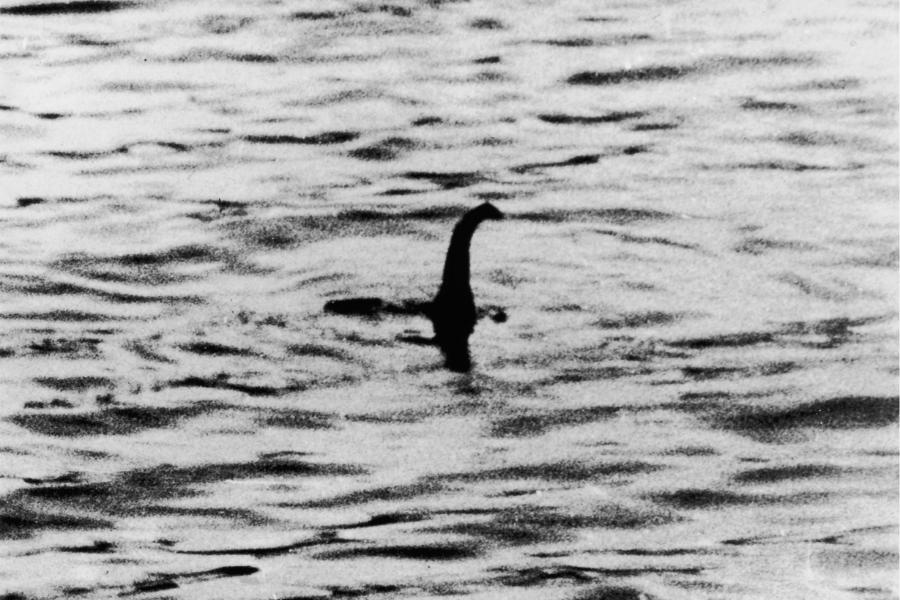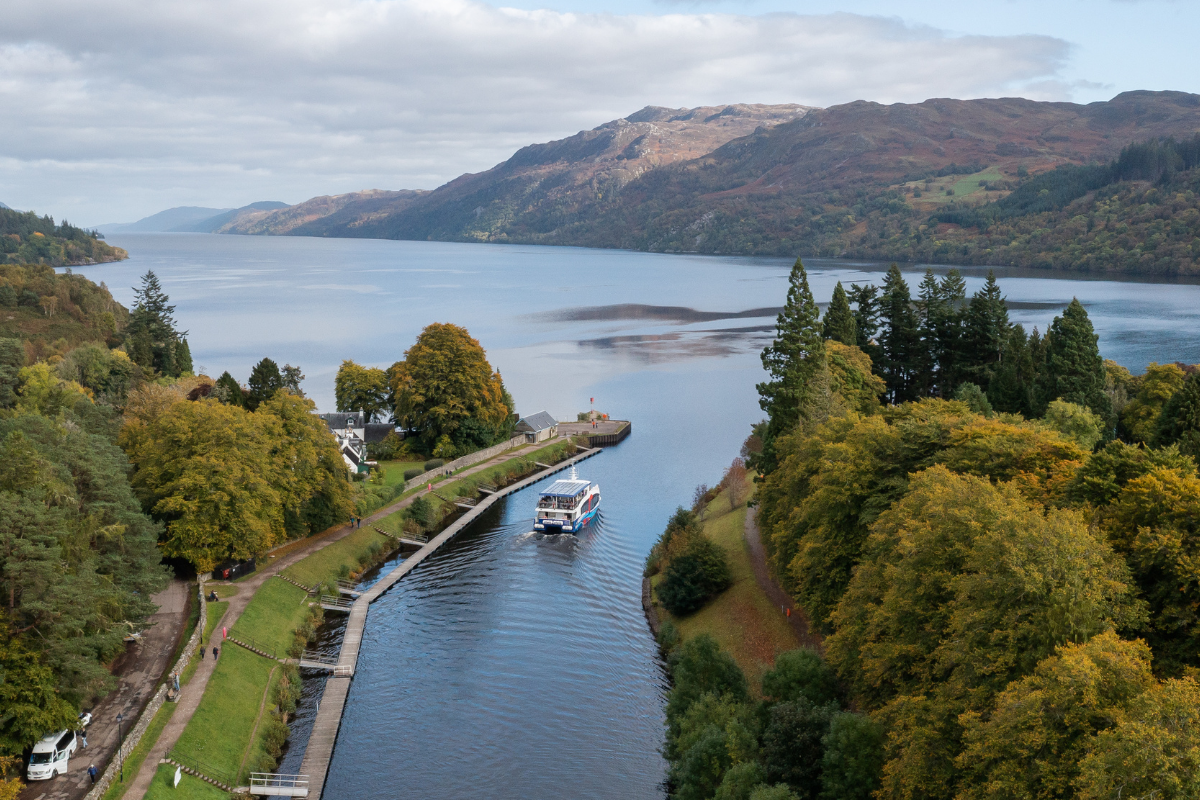
THE Loch Ness Monster’s existence is “plausible”, scientists have said after a breakthrough discovery.
Those who believe in the mythical monster say she could be an animal similar to a plesiosaur – a large, long-necked marine reptile which lived between 215 million and 66m years ago. Like the rest of the dinosaurs, these creatures have been extinct ever since.
Over the years many experts have questioned whether a plesiosaur-style creature would have been able to survive in Loch Ness’s fresh water, as the prehistoric beast lived in saltwater.

But researchers at the Universities of Bath and Portsmouth, and University Hassan II in Morocco, have discovered small plesiosaur fossils in a 100m-year-old freshwater river system in the Sahara Desert.
The group of scientists found bones and teeth from adult plesiosaurs, as well as an arm bone from a baby one.
Evidence now suggests that these long-gone reptiles lived and fed in freshwater – changing the game for Nessie believers.
The University of Bath said that the existence of Nessie may be “plausible” – but they warned that all available evidence suggests plesiosaurs died out long ago.
“Plesiosaurs weren’t confined to the seas, they did inhabit freshwater,” they said the evidence demonstrated. “But the fossil record also suggests that after almost 150m years, the last plesiosaurs finally died out at the same time as the dinosaurs, 66m years ago.”
David Martill, co-author of the group’s paper in Cretaceous Research, said: “What amazes me is that the ancient Moroccan river contained so many carnivores all living alongside each other.
“This was no place to go for a swim.”







